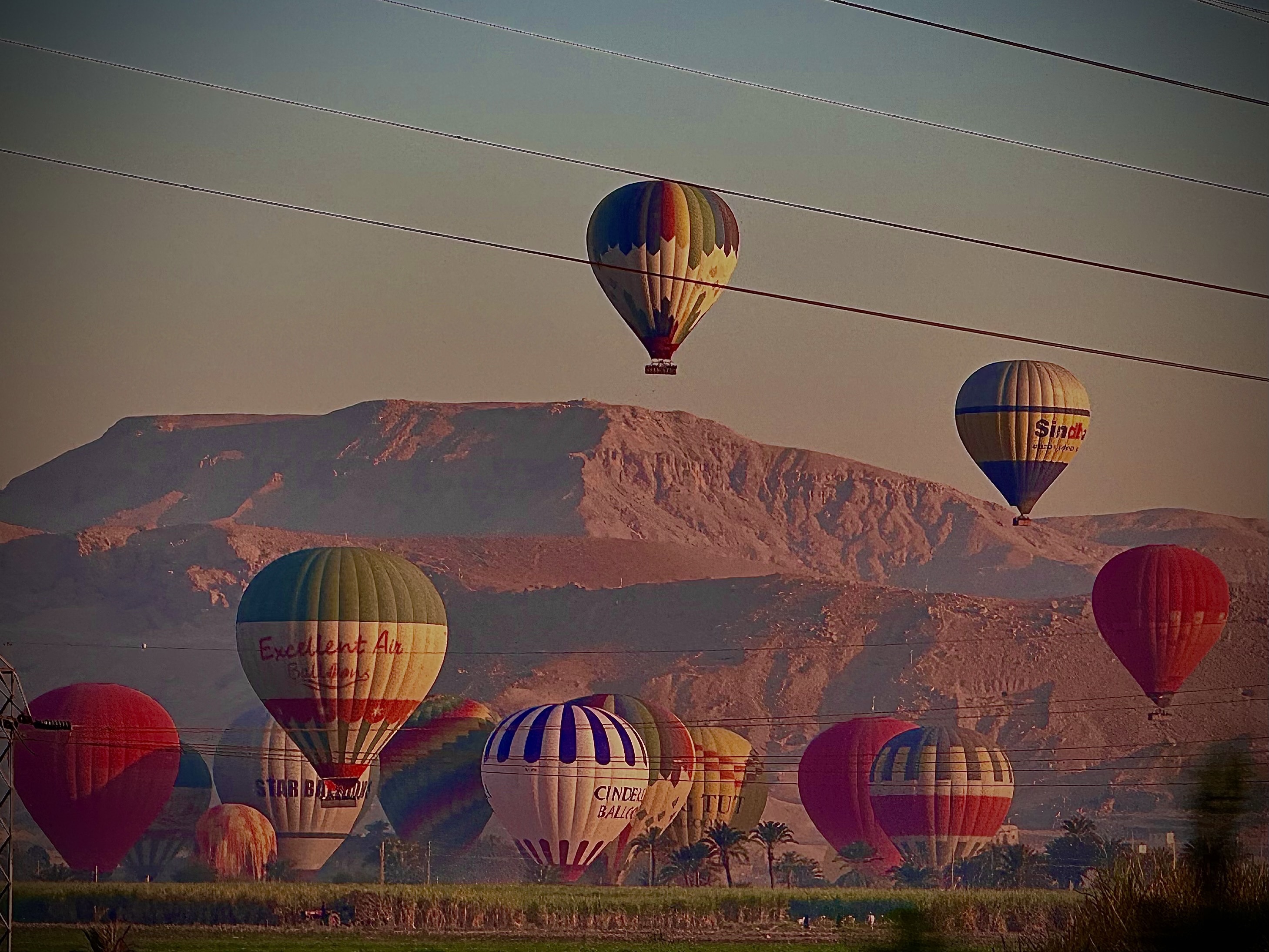
Jordan & Egypt
On Wednesday we reached the Jordanian city of Aqaba at the northern end of the gulf of Aqaba. From the ship we could see across the gulf to Eilat in Israel and then Egypt a little further south. Israel only has a few miles of coastline on the gulf.
I hadn’t booked on a ship tour to Petra because I’d visited some years ago. Instead, I decided to spend a few hours around Aqaba and then return to an empty ship. As I got off I ran into my Dutch friend Jan and he joined me in my low key unadventurous endeavours.
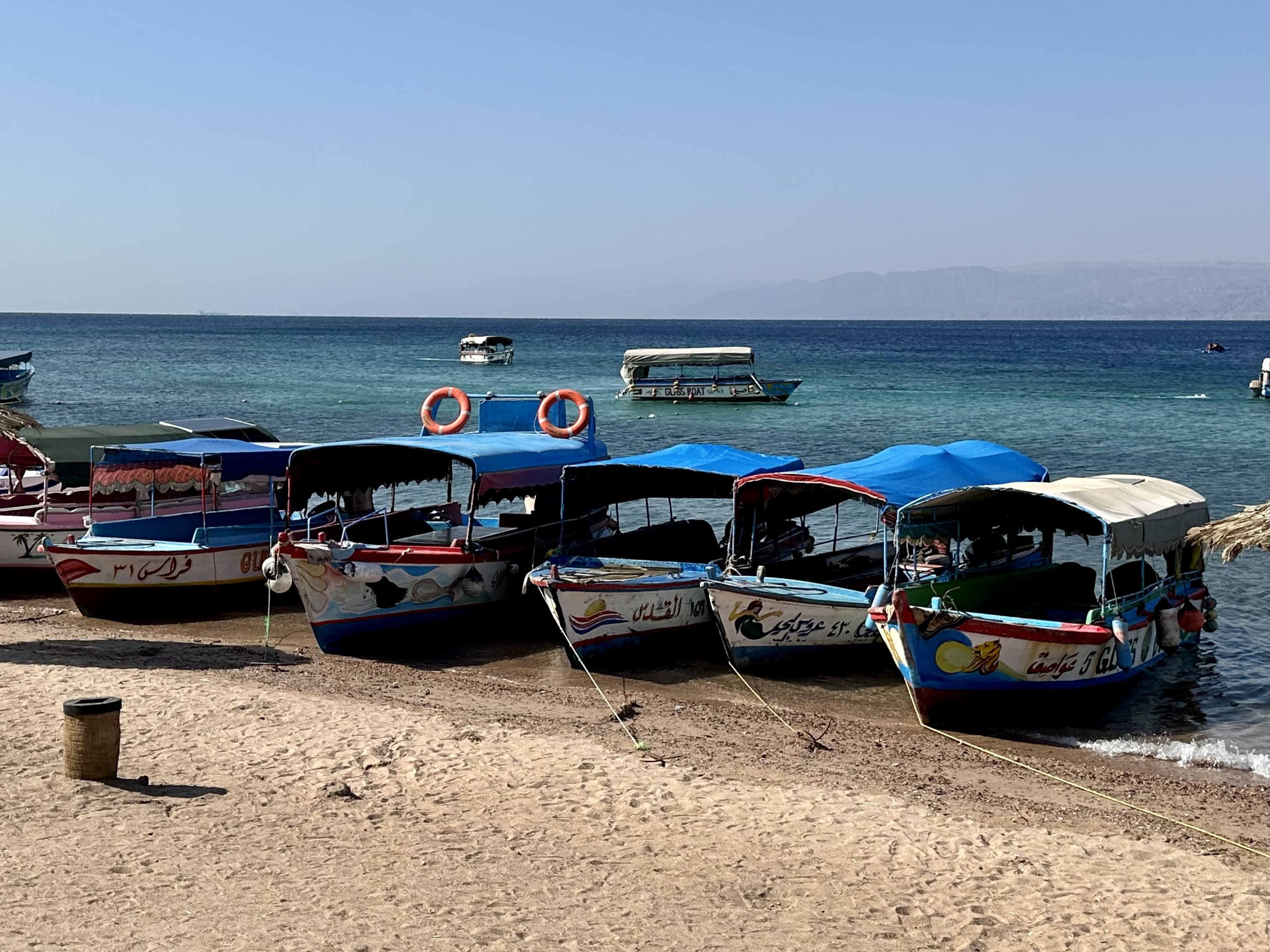
The lowlight of our few hours was the $5 hop-on, stay-on bus tour. The highlight was the fort which was like a giant playground for anyone who likes to clamber.
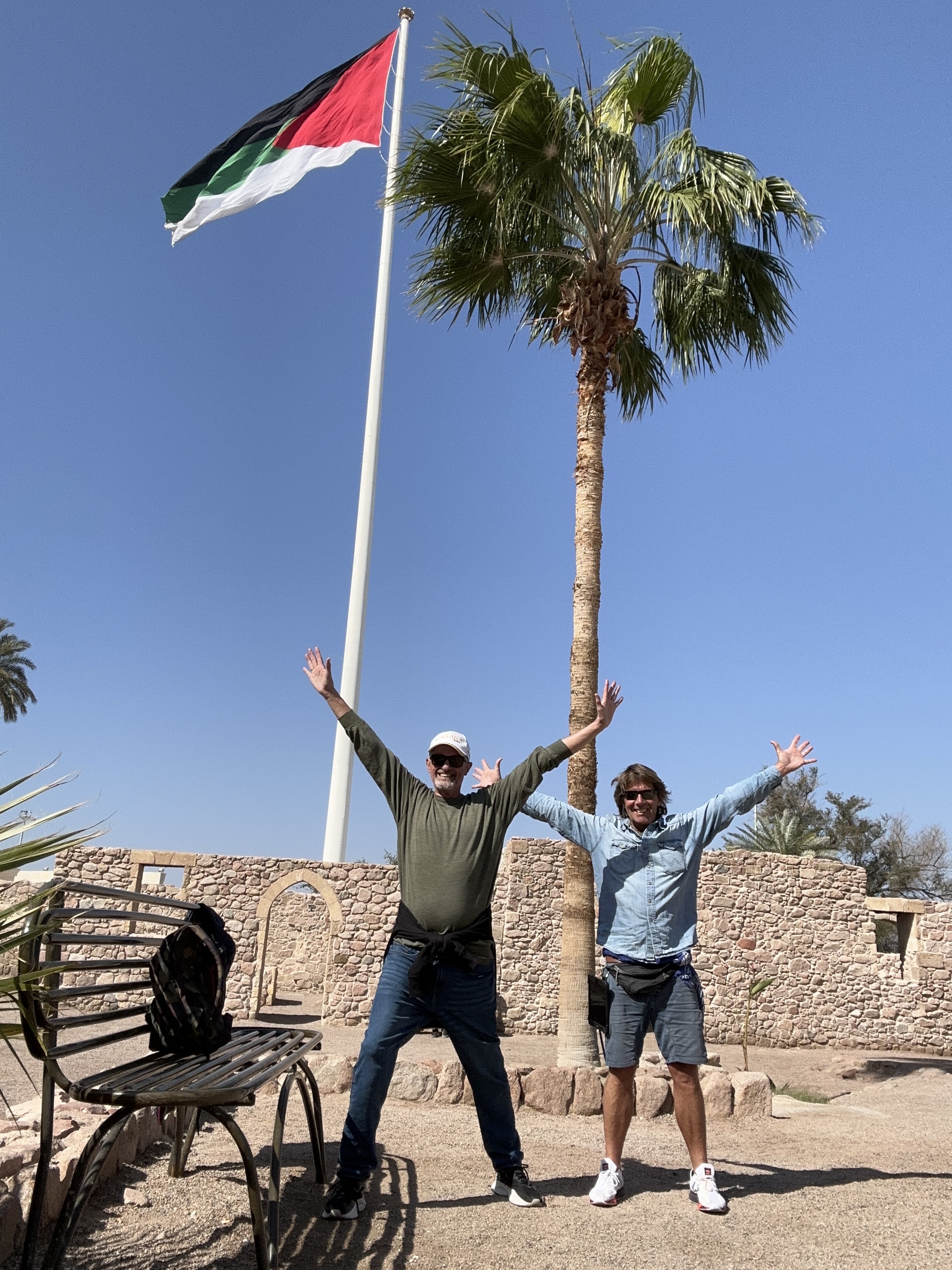

Back on board the ship was like a ghost town which suited me just fine. Most tours to Petra were 12 hours long and the peaceful afternoon was marvellous.
Thursday 23rd
We stopped at Safaga in Egypt which is about 40 miles south of Hurghada. I was booked on a ship excursion that included seven hours on a coach to Luxor and back. I was in two minds about going but I decided to go at the last minute and I’m glad I did.
The geography for the first two hours was like a lunar landscape, with perhaps one of two buildings in the vastness of Egyptian rock formations. Then we reached the town of Qena and everything changed. Qena is on the east bank of the River Nile and access to water makes all the difference. The majority of Egyptian towns and cities are either coastal or near to the Nile. I might even go as far to say that Qena was lush.

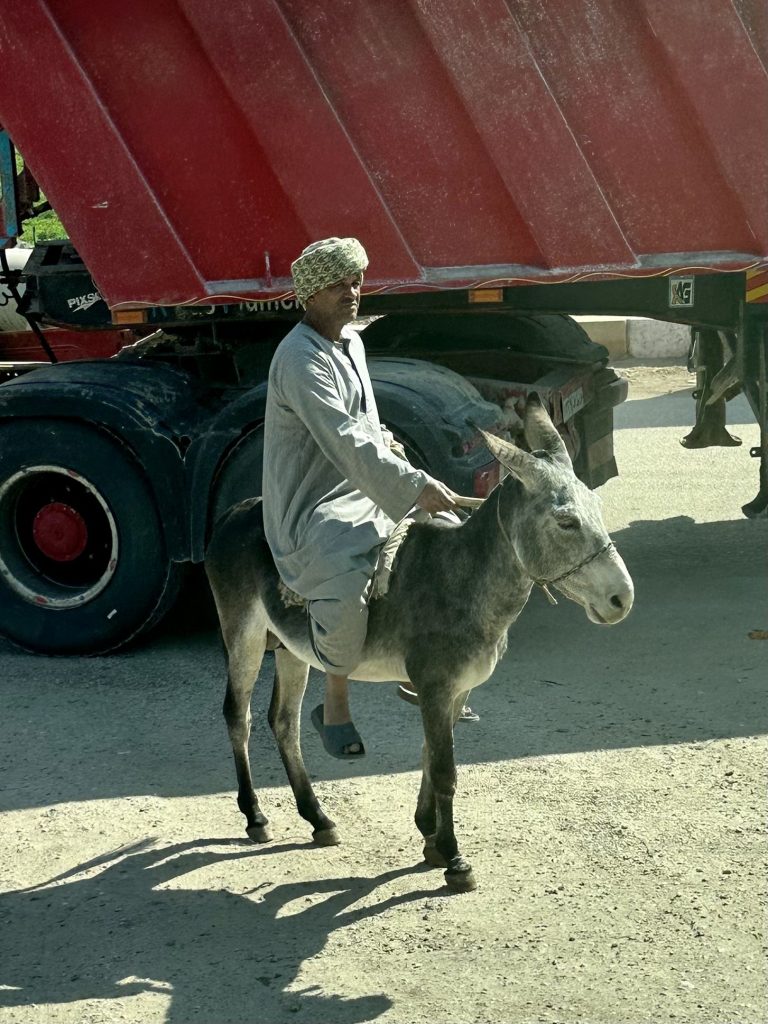
There were 40 of us on the coach and our guide was Mustafa Pashia – Mustafa P from now on. He was excellent and made a point of talking to everyone of us on the journey to Luxor.
The first stop was Luxor Temple which is the “lesser” temple of Luxor, but still impressive when compared to say, St Mark’s in West Wickham. We had an hour but it didn’t take me long to scoot around the sights and find a watering hole. I met Mon who ran the concessions and he was a character. With no formal education, he’d managed to learn English, Italian and French and is considered wealthy by Egyptian standards (and his own estimations). I told him I might stay over and he suggested I stay with him. Hmm!


Other tours from the ship started to arrive. I had counted 28 coaches at the port that morning.
We were then treated to a buffet lunch at one of the best hotels which was situated right on the river with a fabulous pool. I liked the Sofitel and enquired about a room. $88 a night. Not bad for a five star resort.


I spoke to Mustafa P about staying. He had to clear it with the ship. Apparently he couldn’t leave with 40 people and come back with only 39.
We then drove to the Valley of the Kings which was the highlight of the day. Lots of other people but a large area to absorb the crowds. I paid a little extra to see Tutankhamun’s mummified body. I think he was a midget. He ascended the throne aged about 9 and died at 19. His reign wasn’t particularly special. What makes him the most famous pharaoh is how well his tomb was preserved.



Our final stops were just photo opportunities of which the best was Hatshepsut’s Temple carved into the side of a mountain. Easily my favourite sight of the day.

We headed back to the city and I was getting excited that Mustafa P was going to drop me at my chosen hotel – I’d gone for the Pyramisa in a more central location. Oh no. Mustafa P dropped me at a roundabout 5 miles from my destination. He pointed in the direction I needed to go and moments later I was walking down the Egyptian equivalent of a dual carriageway with no pavement either side. I say dropped me off, but it felt more liked being abandoned.
I walked for five or ten minutes before being tooted by a vehicle going in my direction. I looked over and saw a teenager on a converted tuk-tuk with rolls of fabric in the back. Looked comfortable I thought, but he beckoned me to sit up front with him. There’s only one seat at the front so I was perched on what looked like the fuel tank. I clung to my bag as we trundled along the road towards my hotel.
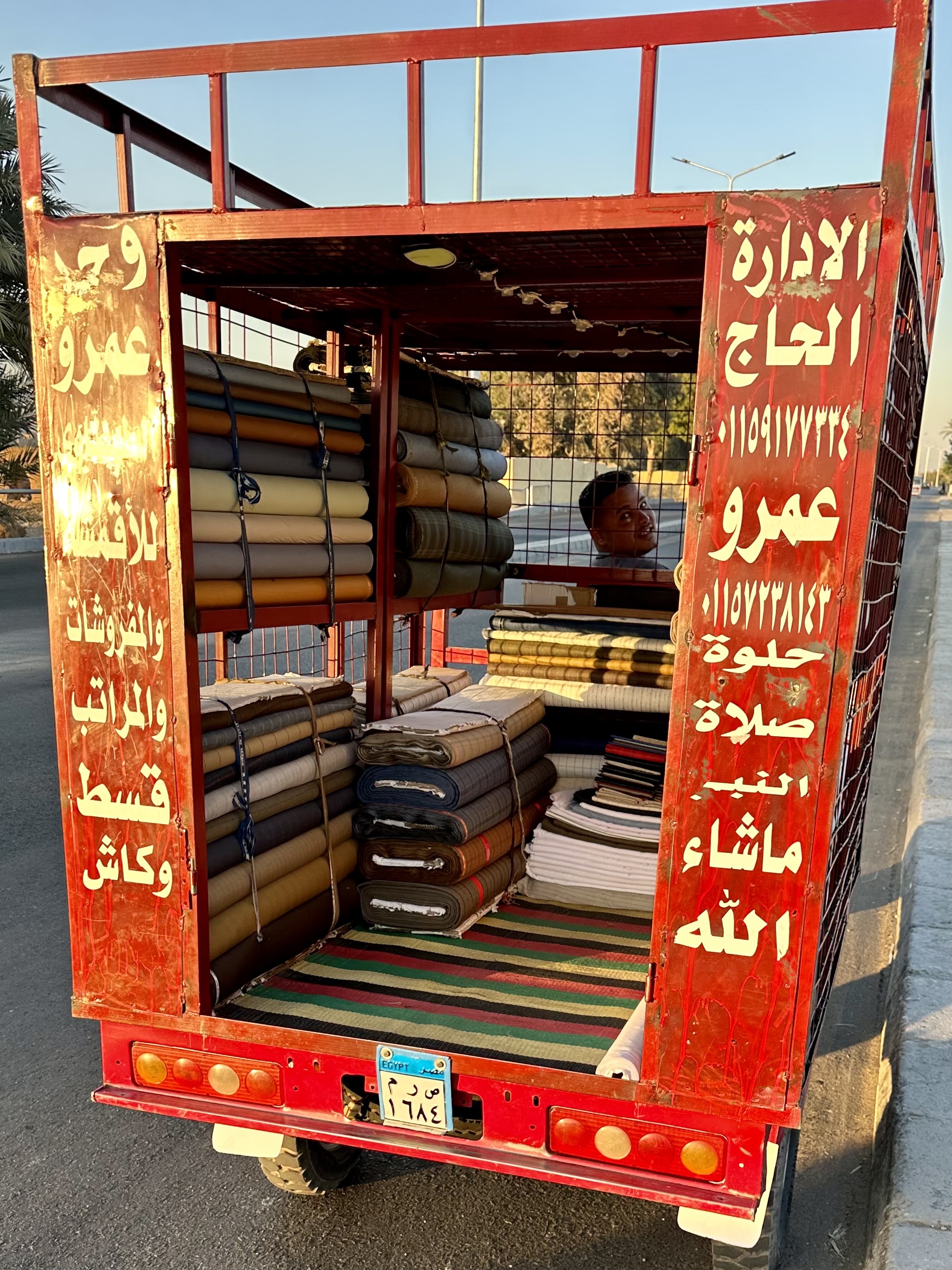
He didn’t speak a word of English and he really needed work on his hand gestures. I had no idea what he was trying to communicate. At one point I thought he was making a move on me. He was young and of slight build so there was no issue defending my honour. It was quite the experience.
Nearer town we were overtaken by some coaches from the ship. I saw a number of passengers looking down and recognising me as “that chap from the ship with the denim shirt”. Here I was sitting next to a teenage boy on the front of a tuk-tuk with rolls of fabric in the back.
I enjoyed arriving at the hotel in that fashion. I paid textile boy and checked-in. No sooner was I in my room when three guys from the Czech Republic turned up with the same room key. There were three beds in the room so I figured it was their room. The mix-up earned me an upgrade which was acceptable. I was just in time to catch the Nile sunset from my balcony.
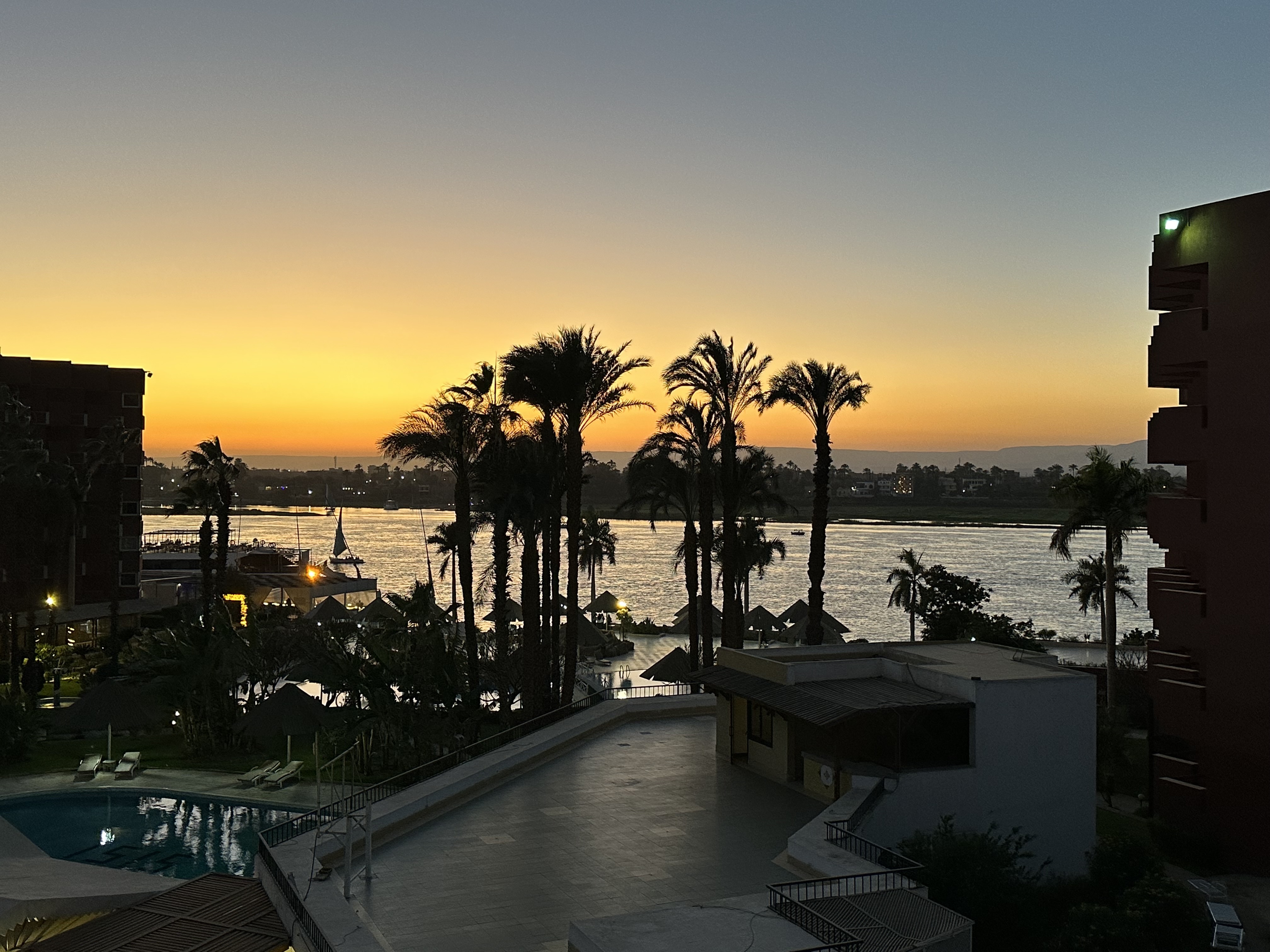
Mummification
Here’s a cheery paragraph for you. Mummification took between 70-80 days. First the brain was removed followed by the internal organs. The organs were placed in a canopic jar. The body was then dried out before the body was stuffed. The heart remained. Then the body was wrapped and a mask placed over the head. The final procession was the last step. Those Egyptians knew how to do it.
I left the hotel and headed for the Winter Palace hotel about a mile away. I walked most of it but succumbed eventually to a horse drawn buggy. My driver was very excited. Toothless but excited. I worked out quickly that he was deaf and dumb. I was passed by two more coaches full of cruise day trippers. This time they saw me in a horse carriage driven by a toothless mute with a whip.
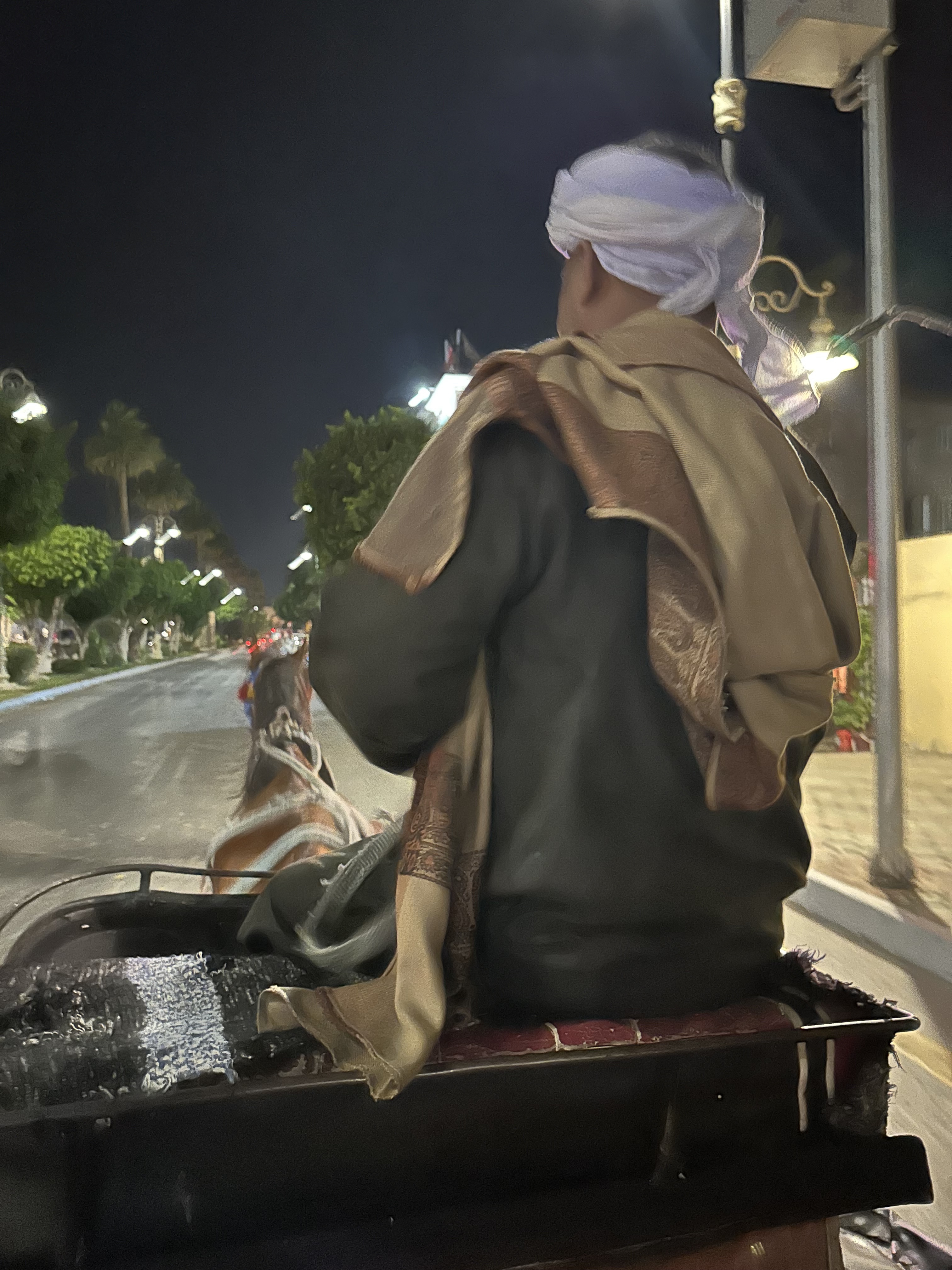
The Winter Palace was a hotel built in the British Colonial period and it was where Howard Carter stayed during his excavations in 1922 when he discovered Tutankhamun’s tomb. Carter had worked in Egypt for 31 years before discovering King Tut. I tried to book the Winter Palace but all 86 rooms were taken.
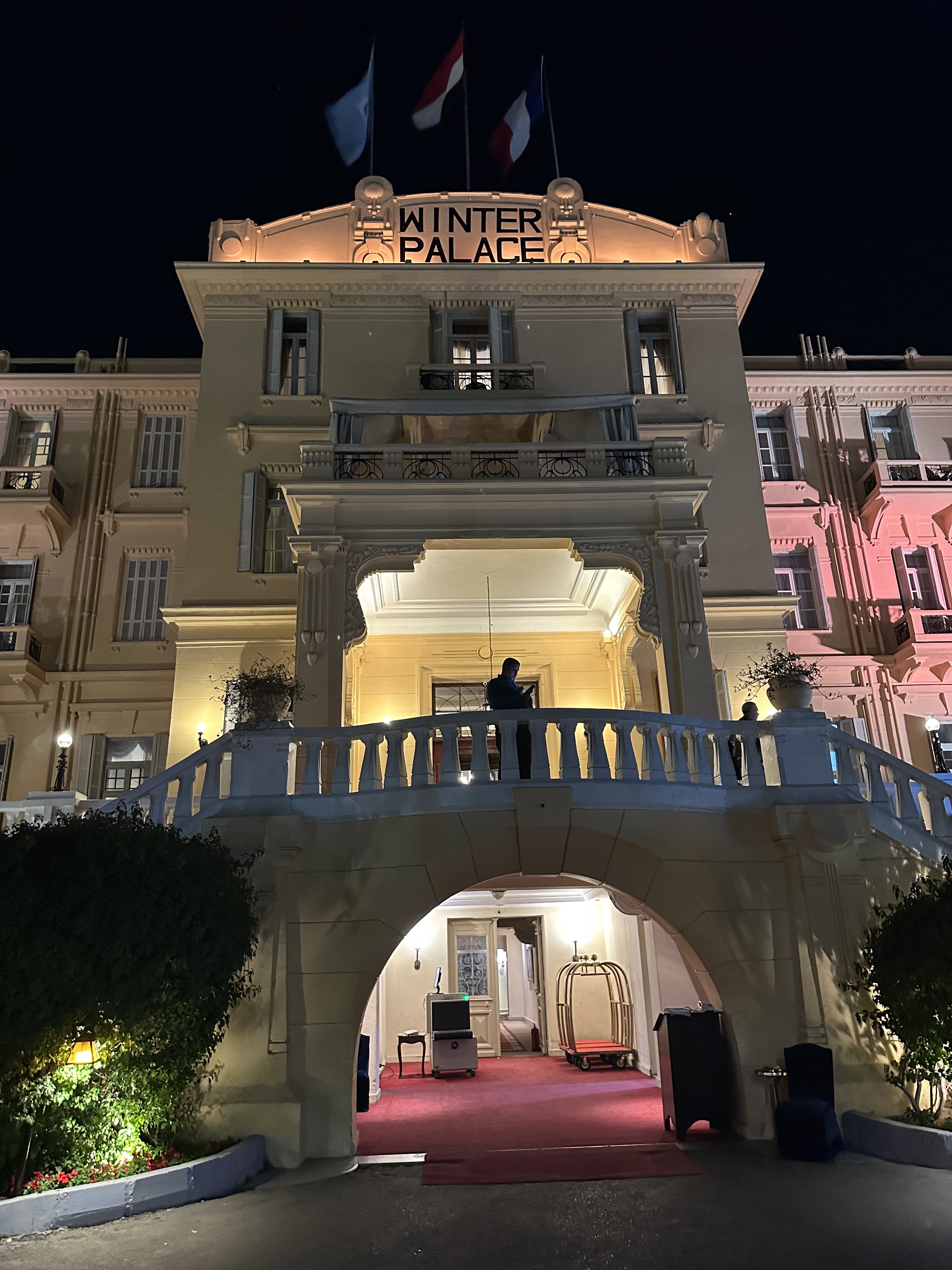
I walked into the bar wearing my camouflage trousers and I felt a little out of place. There was a dress code and I was an epic fail. It was exactly what you might expect from a grand colonial hotel.
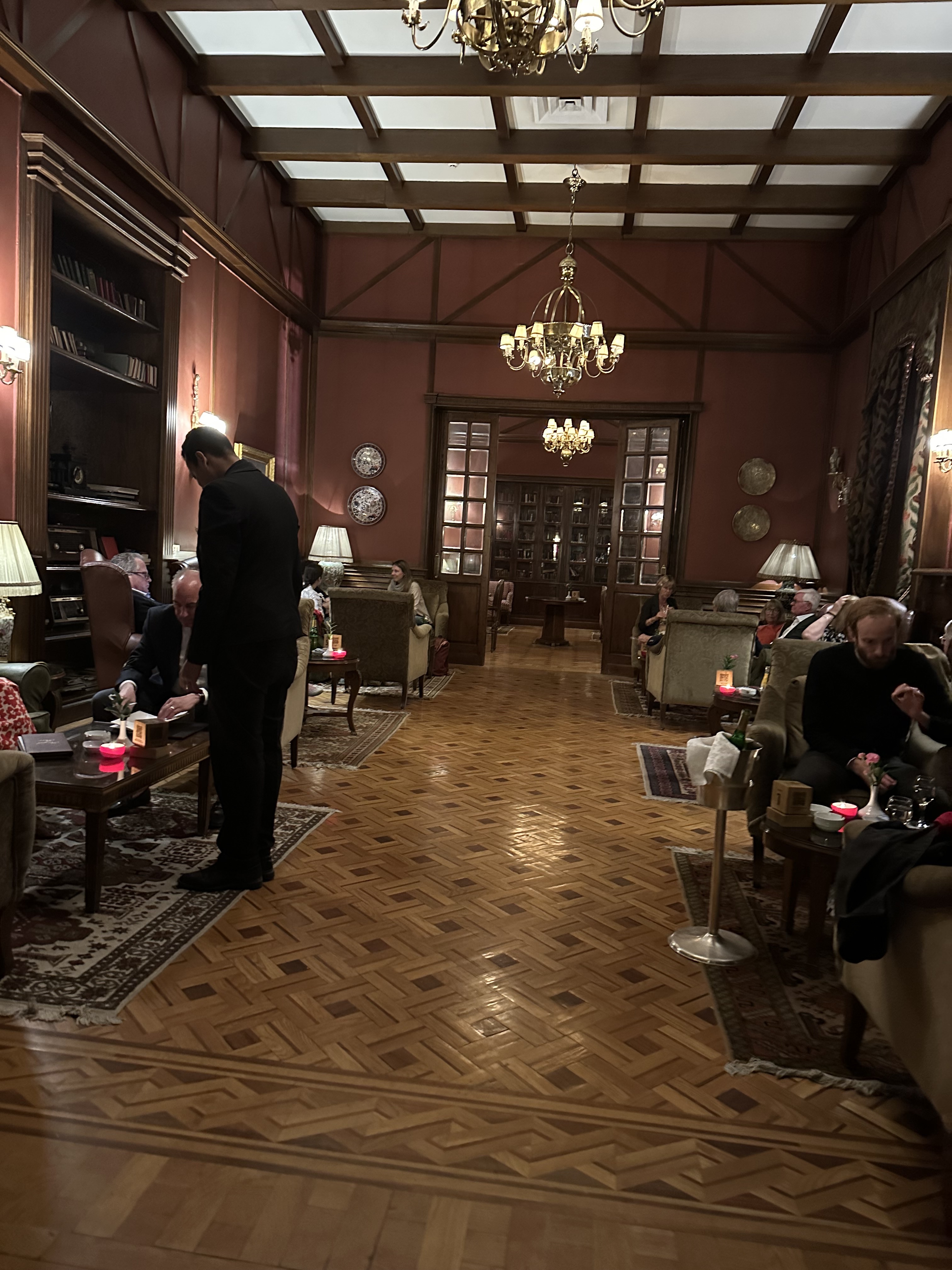
My mute driver had waited for me and we headed back to the Pyramisa. Along the way we were joined by his cousin who knew sign language. Abraham spoke good English and told me the driver was called Shaban. I was delivered to my hotel and the fare was “whatever I wanted to give”. One of those.
The Pyramisa had nice grounds and common areas but the rooms were very underwhelming. It mattered not.
Friday 24th
I was up with the larks as usual. I was intending to take full advantage of the bathtub when disaster struck. No plug. I guess water is precious in Egypt as they have no measurable rainfall to speak of. I managed to save my bathing experience with the shower cap stuffed into the plug hole. And it was 100% watertight. A great tip for travelling – always take a shower cap – small, lightweight and a superb bung.
A couple of bits of info for you. Egypt no longer has crocodiles in their section of the Nile since the completion of the Aswan Dam in 1971. They used to swim up from Africa but the dam made it a little tricky. The dam created Lake Nasser which is one of the largest man-made lakes in the world.
There is a train linking Cairo to Luxor which takes nine hours.
The vast majority of houses in Egypt are unfinished. There are a few reasons for this, but one such explanation is that people can avoid paying tax if the house is unfinished. It makes urban areas look like a huge building site. Very scruffy indeed.
Unlike other countries in the region, Egypt doesn’t have the same strict rules regarding a dress code.
I left the Pyramisa while it was still dark in search of a taxi and before long I found Ali. He was 35 with a car that was a little suspect, but I liked him and he took me to Hatshepsut which I’d seen the day before from a distance. The Nile in Luxor only has one bridge which is rather inconvenient. We had to drive 15 minutes south, cross the river, then 15 minutes north.
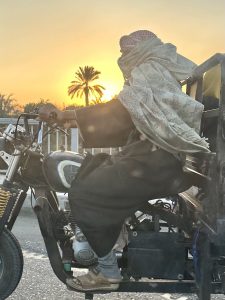
There were about a dozen hot air balloons hovering over the archeological areas of the West Bank and as we got closer I was able to get some great shots of them. Each gondola/ basket held 30 people.

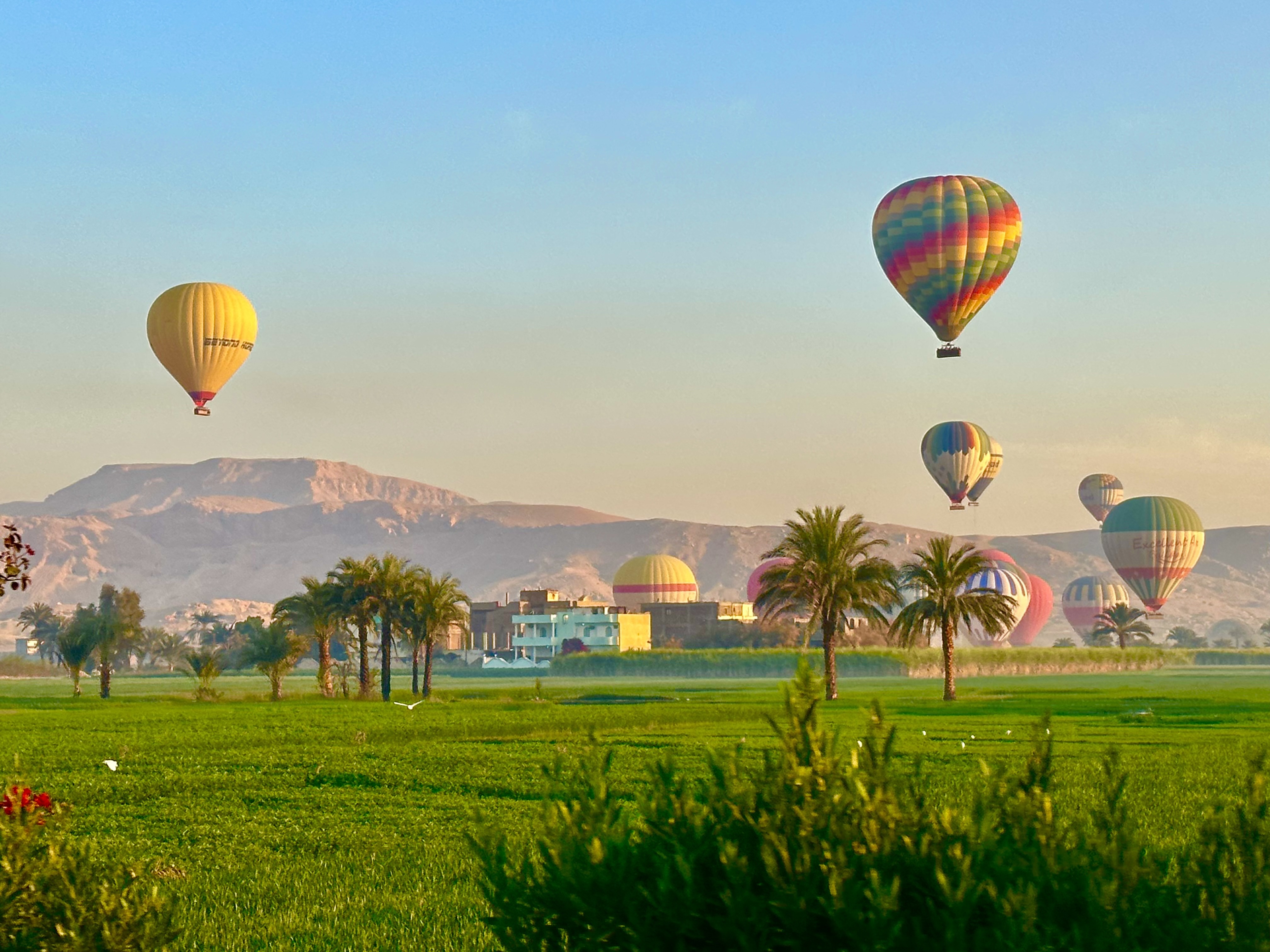
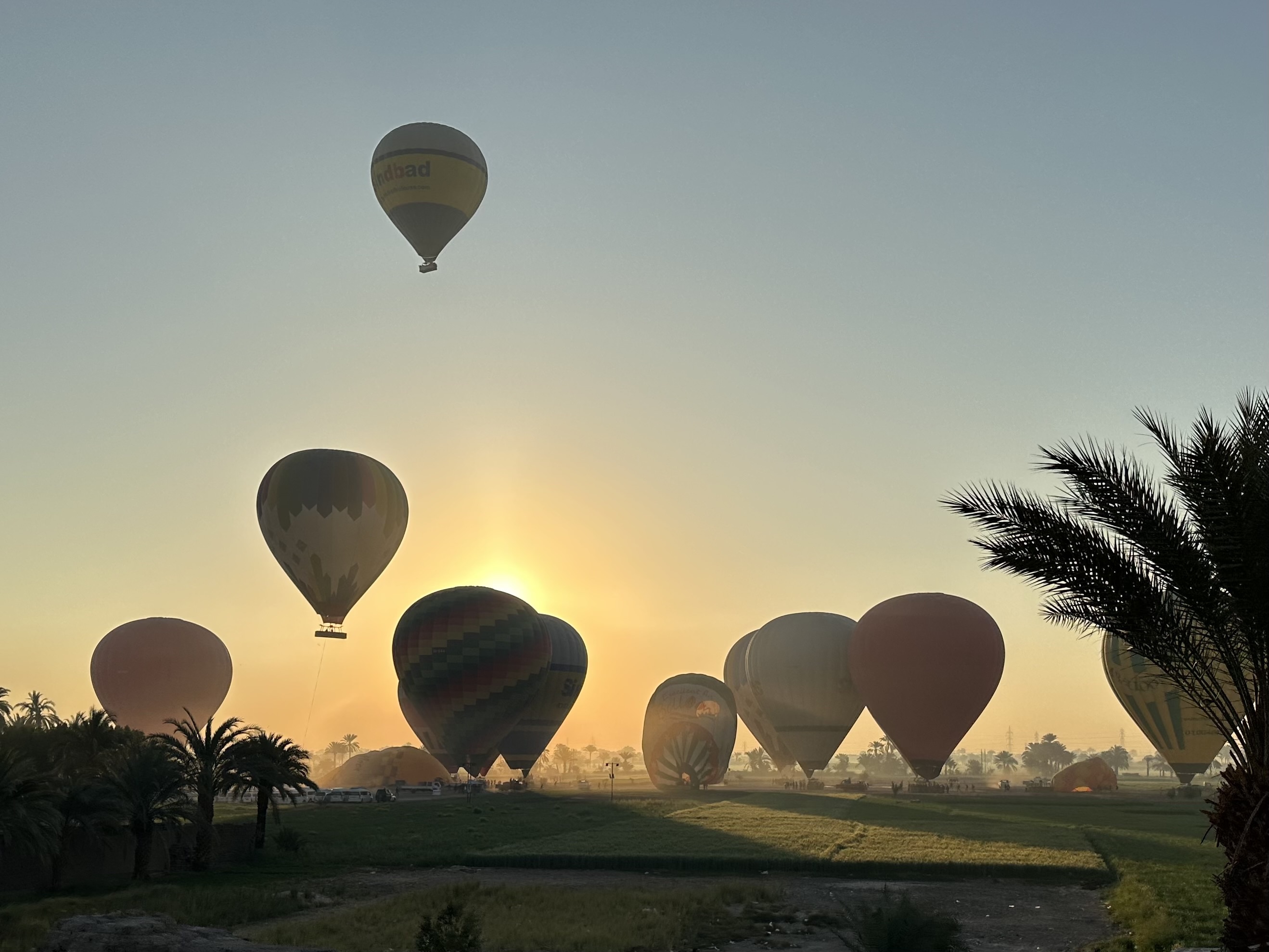
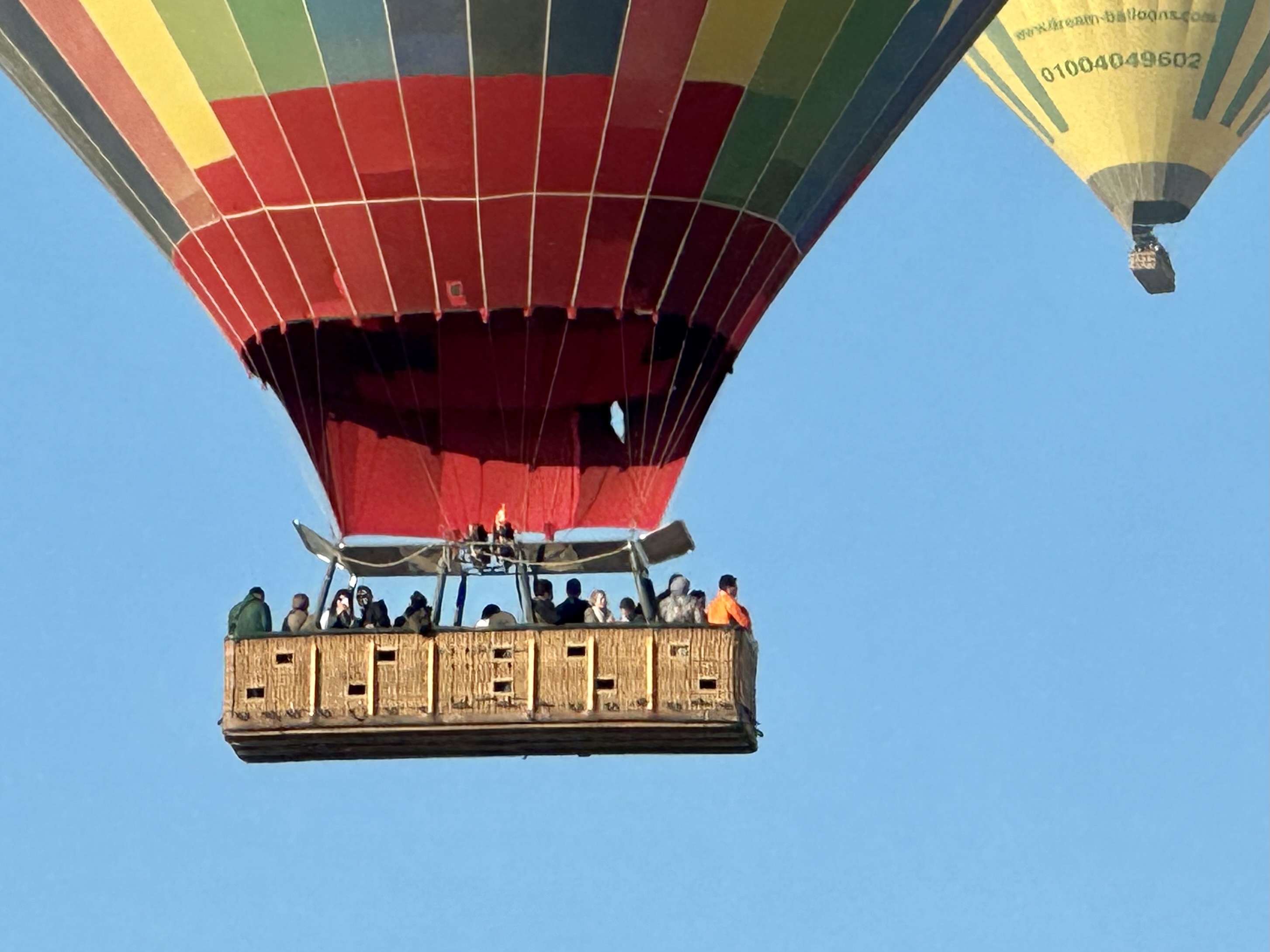
It was 7 am when we arrived at the Temple of Hatshepsut and I was one of only four tourists there. We were outnumbered by stray dogs. It was fabulous being there without the crowds. Hatshepsut was an Egyptian Queen who reigned for about 20 years from 1478 BC.
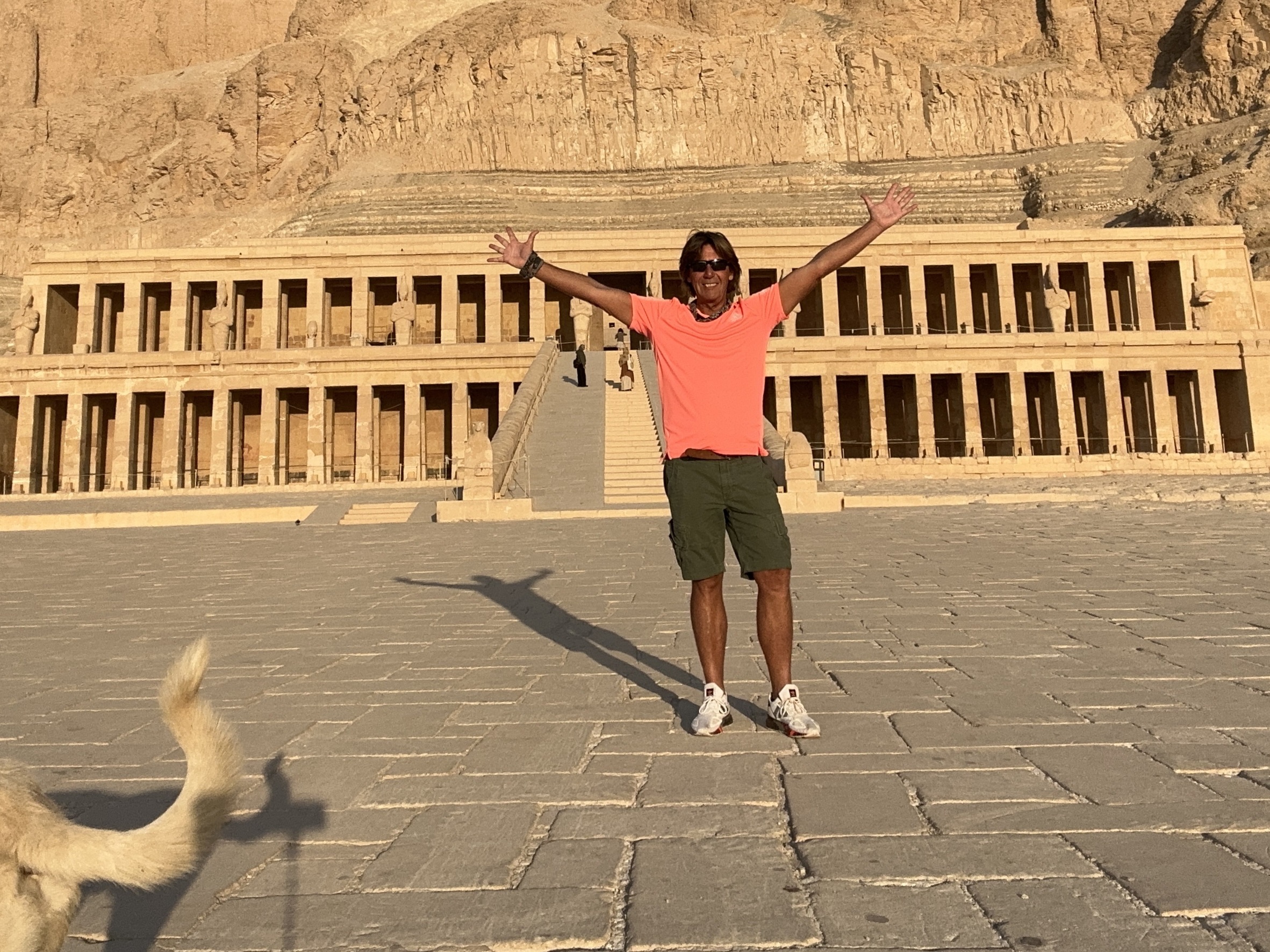
After that it was a 40 minute drive back to the other side of the Nile to see the Temple of Karnak – the second largest temple complex in the world. I met Mohammed at the ticket counter and he offered me a great deal to show me around. $10 for an hour and his English was excellent. Mohammed took his work very seriously. I don’t think I saw so much as a smile from him let alone anything resembling laughter. You wouldn’t go out with Mohammed for an evening if you wanted fun. I figure he’d be good at funerals though.

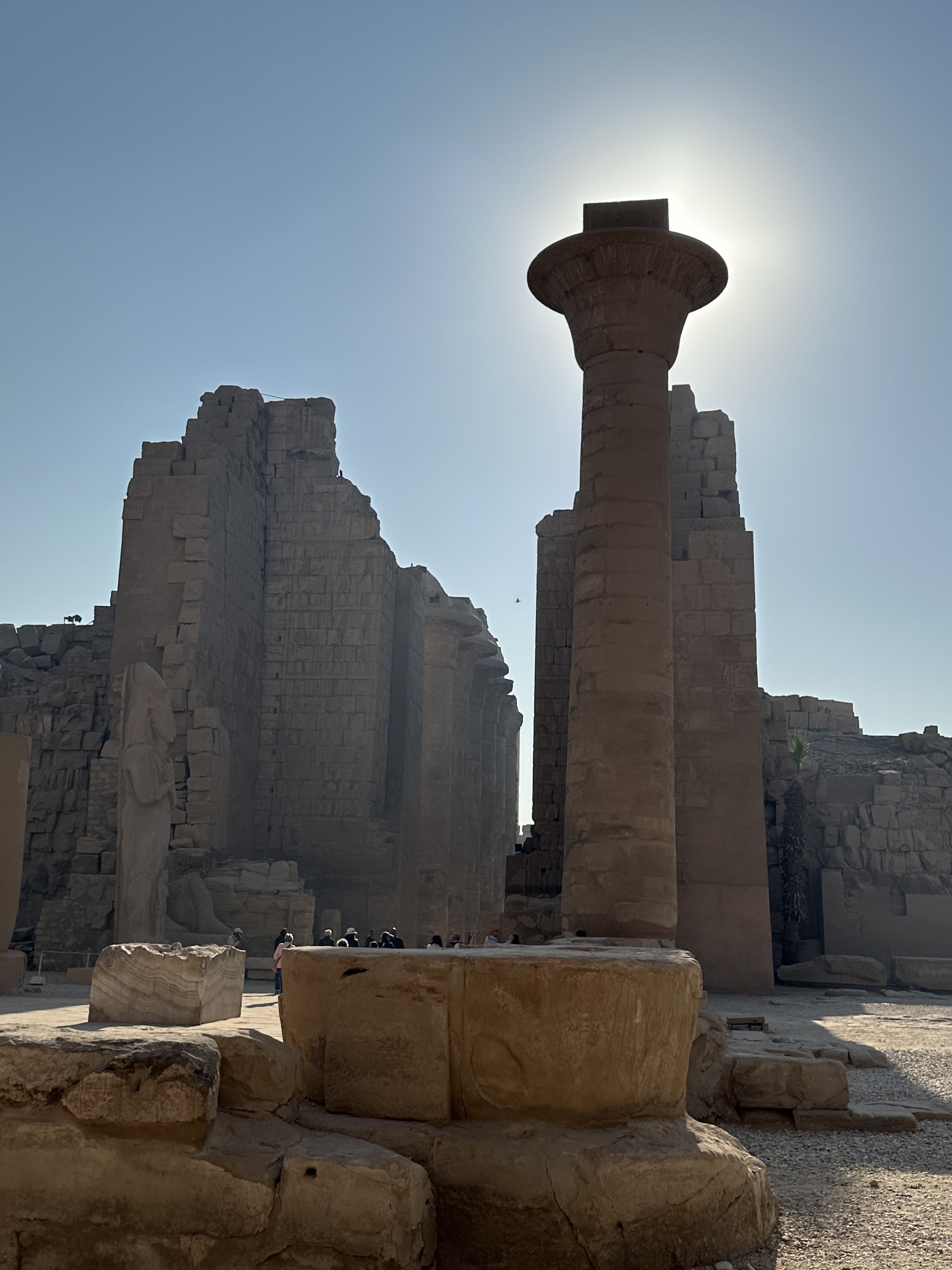
Karnak was amazing and Ali had waited patiently for me. On the way there he’d stroked my hair at one point. It might be an Egyptian thing, but I wasn’t taking any chances. I sat in the back after that.
He asked me “where next” and I think I surprised him when I said Safaga some 3 1/2 hours away. I could see the Egyptian Pound signs in his eyes. He made a phone call to check the price. 1600 Egyptian Pounds – $52.75. Bargain! At that price he could stroke my hair as much as he liked.
He drove at speed and with great skill as he overtook slower traffic with oncoming vehicles getting larger by the second. I recall this type of driving when Katy and I hired a car for three days in Tunisia many years ago. I was back on the ship by 2:30 pm. I was glad I stayed over in Luxor, which enabled me to see some more sights.
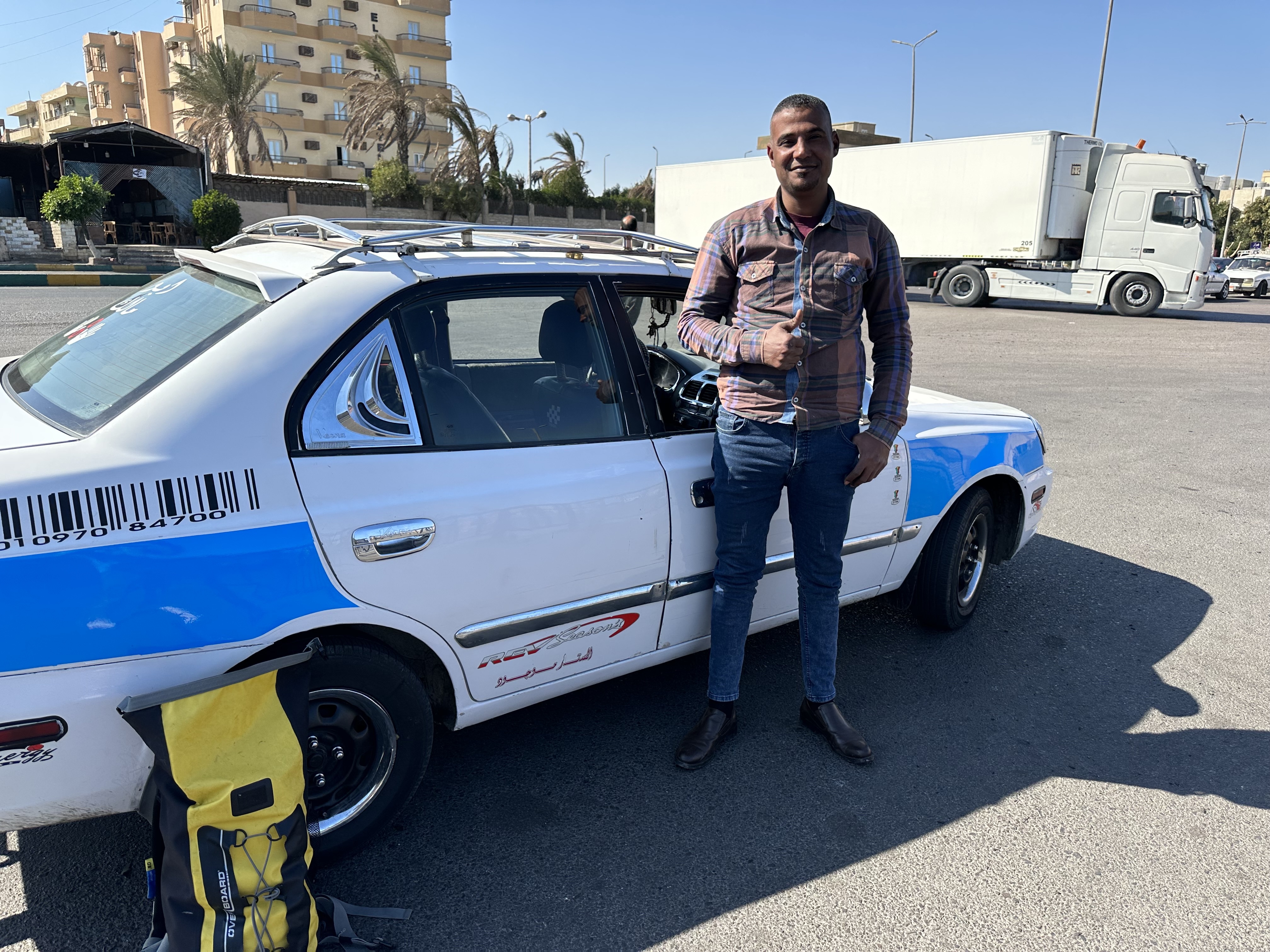
Saturday 25th
This day was effectively a sea day as we headed toward the Suez Canal. Nothing much to report other than it was a tad chilly and we came second at trivia. I’ve been joined by Jan and John.
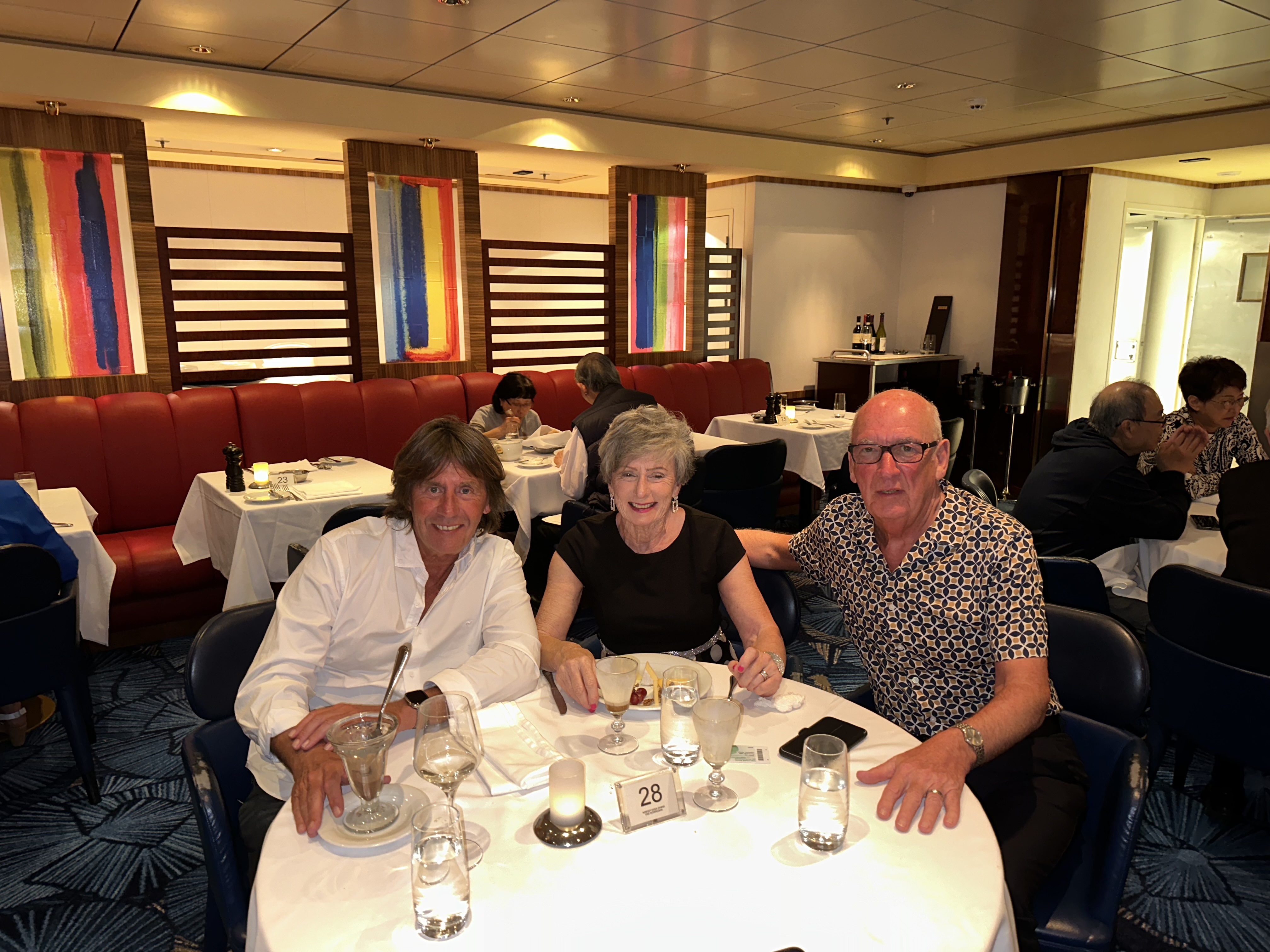
Sunday 26th
We arrived at the southern end of the Suez Canal at around 6:30 am with the sun rising over the starboard side. Lots of people were out on deck. This wasn’t usual for this time of day, but they obviously got the memo.
The Suez Canal is 120 miles long (Panama Canal is 51 miles long), connecting the Red Sea with the Mediterranean Sea, and, as my Canadian friend Jeff mentioned, the canal opened up opportunities for fish as well as for movement of cargo. Fish from the Red Sea could enjoy some international travel and maybe enjoy the Greek Isles. Jeff can be random.
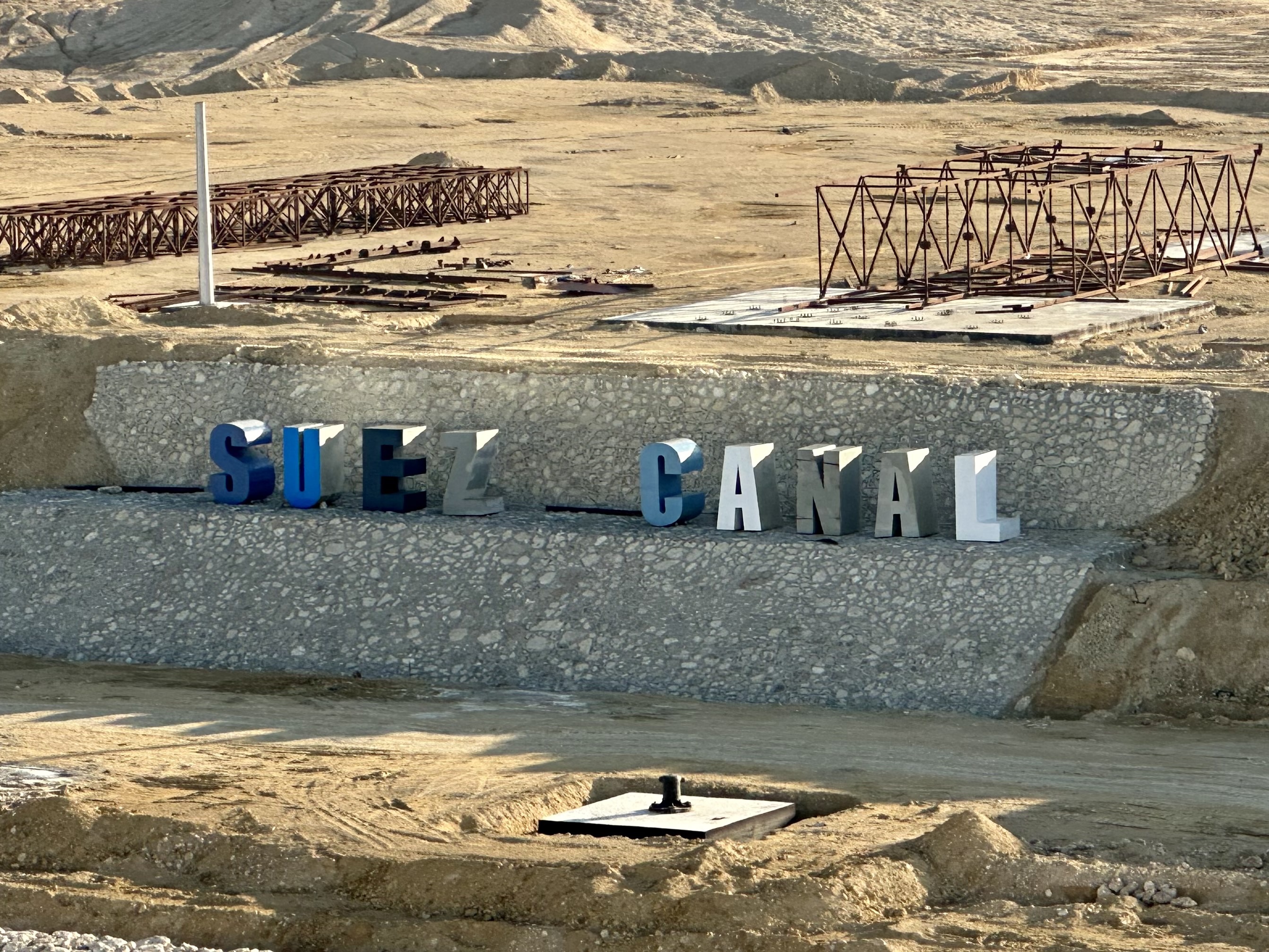
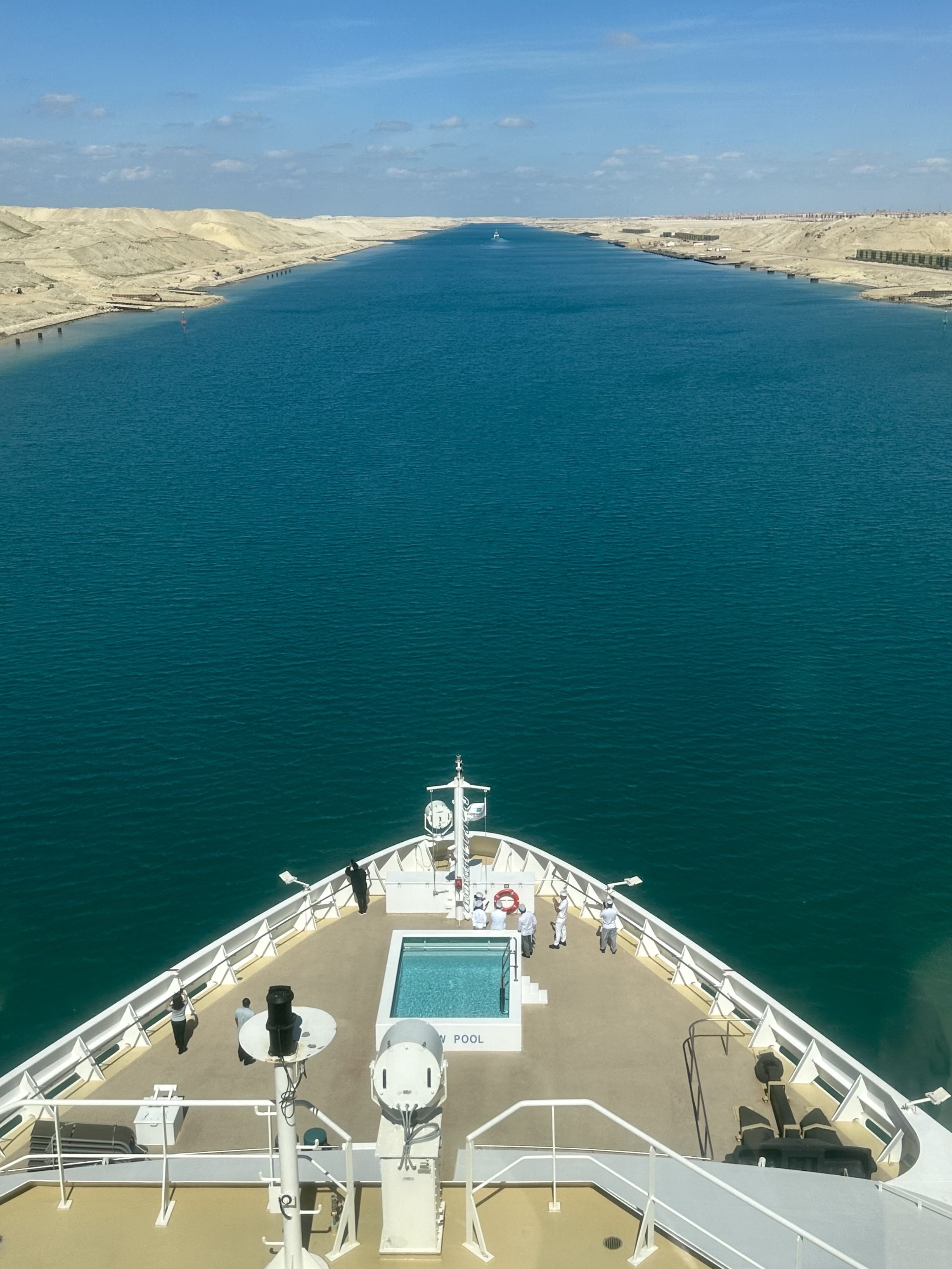
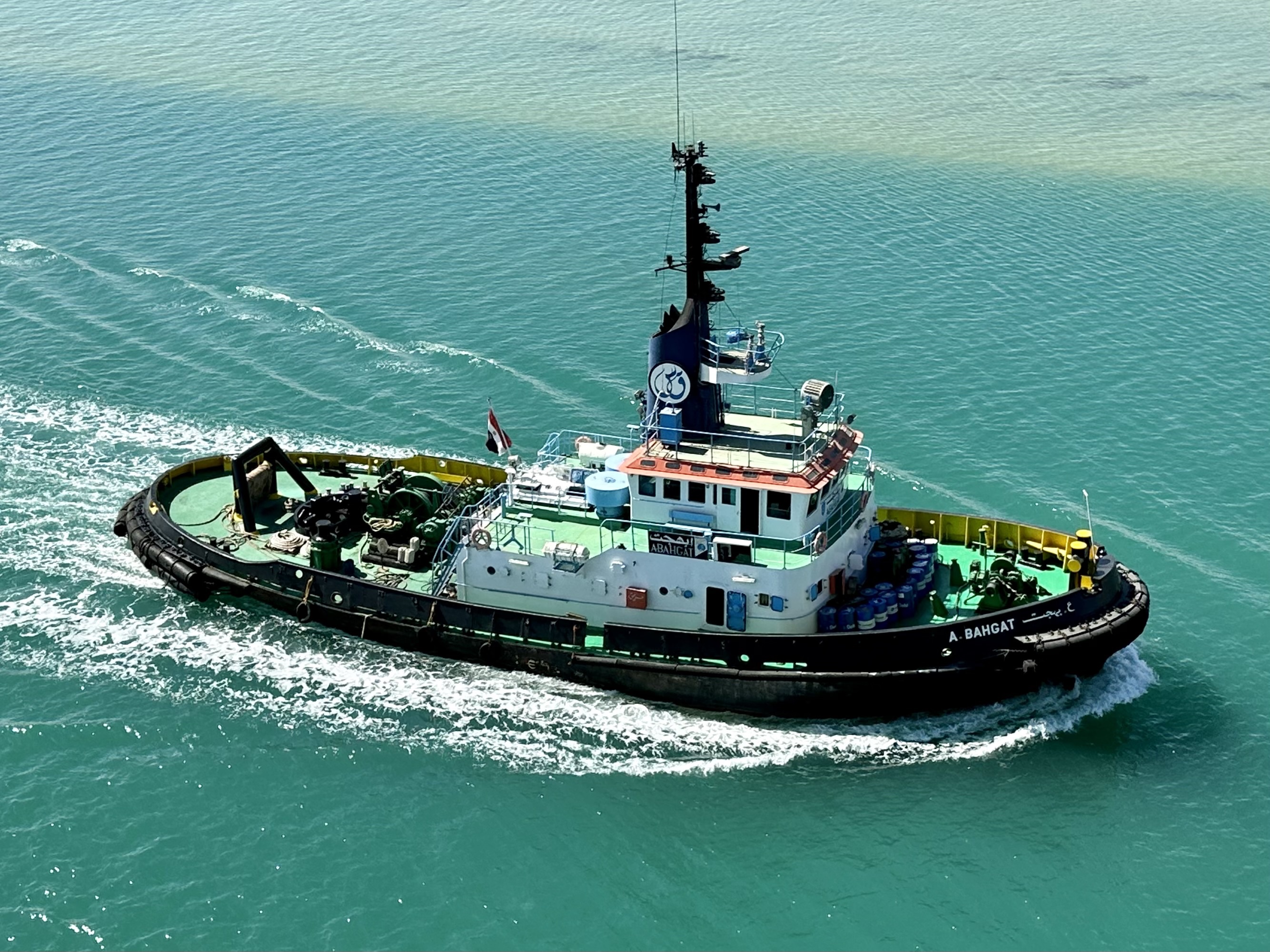
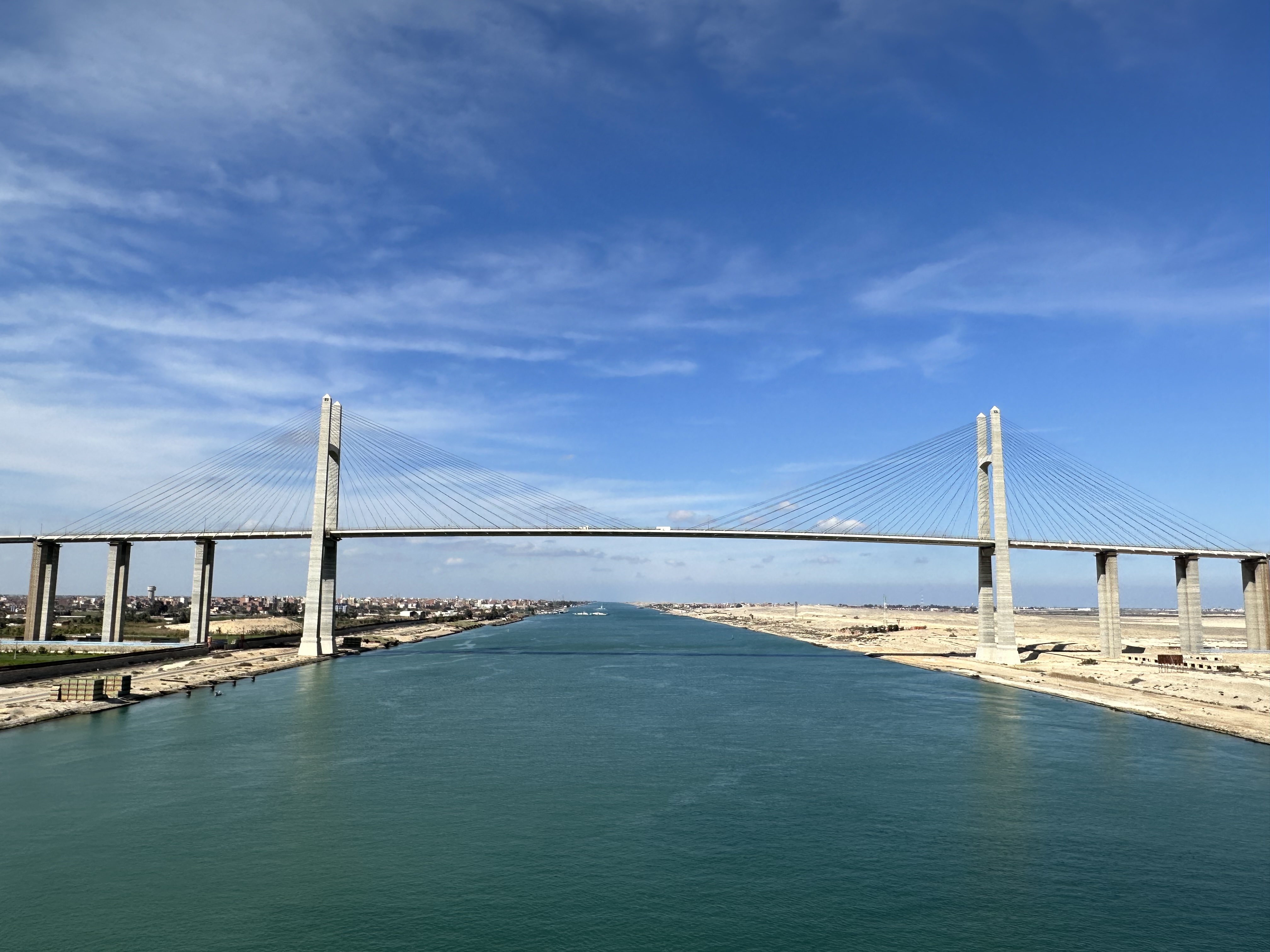
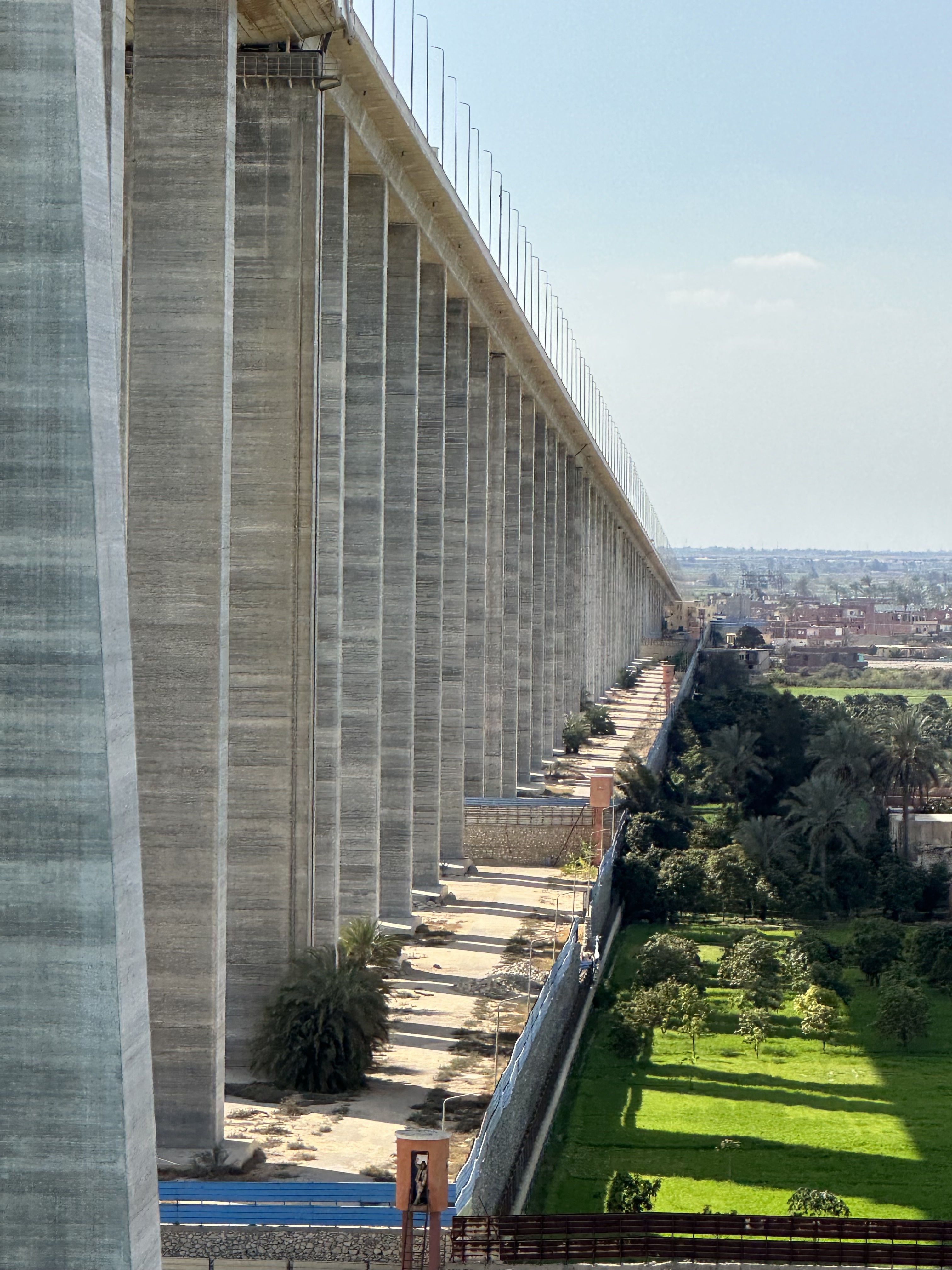
The transit took around 10 hours with two tugboats trailing us the whole way. There were long stretches of a narrow channel with a desert landscape on both sides, but also some towns and cities. There is only one fixed bridge across the canal however it seemed to lead to nowhere. The northern section now has two channels – one in each direction. Around 50 ships a day pass through and the total revenue generated for Egypt is about $8 billion per year. Once we reached Port Said at the northern end the ship turned right towards Israel.
The canal took 10 years to build and was completed in 1869. 1.5 million workers were used on the project and tens of thousands died of disease including cholera. The canal separates Egypt from the Sinai Peninsula which is effectively a part of Asia.
On June 5th 1967 the Six Day War began when Israel bombed Egypt’s airfields and entered the Sinai Peninsula. As the name suggests, the war only lasted six days, however, the day after, on June 6th 1967, Egypt closed the Suez Canal. At the time there were 15 ships in the canal and they remained stranded there for 8 years. They became known as the Yellow Fleet referring to the sand that was blown over the ships from the desert.
The 15 ships were from 8 different countries and 14 of them transited to the widest area of the canal at Great Bitter Lake. The crews met regularly and founded a yacht club as well as holding life boat races and even the Bitter Lake Olympic Games in 1968. One of the four British ships was carrying toys bound for Woolworths. In 1975 the canal was finally reopened and only two ships were able to continue their journey under their own power – both German.
Next stop Israel.


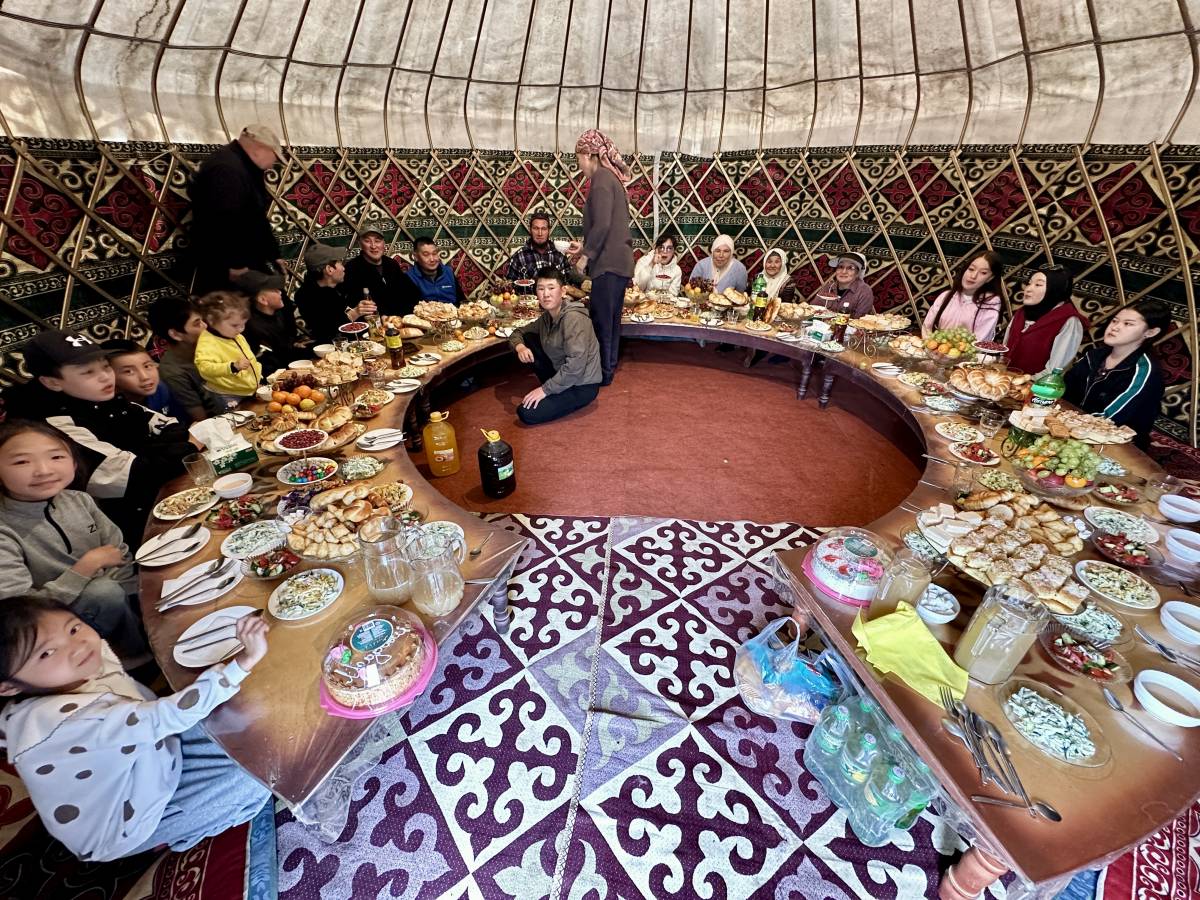
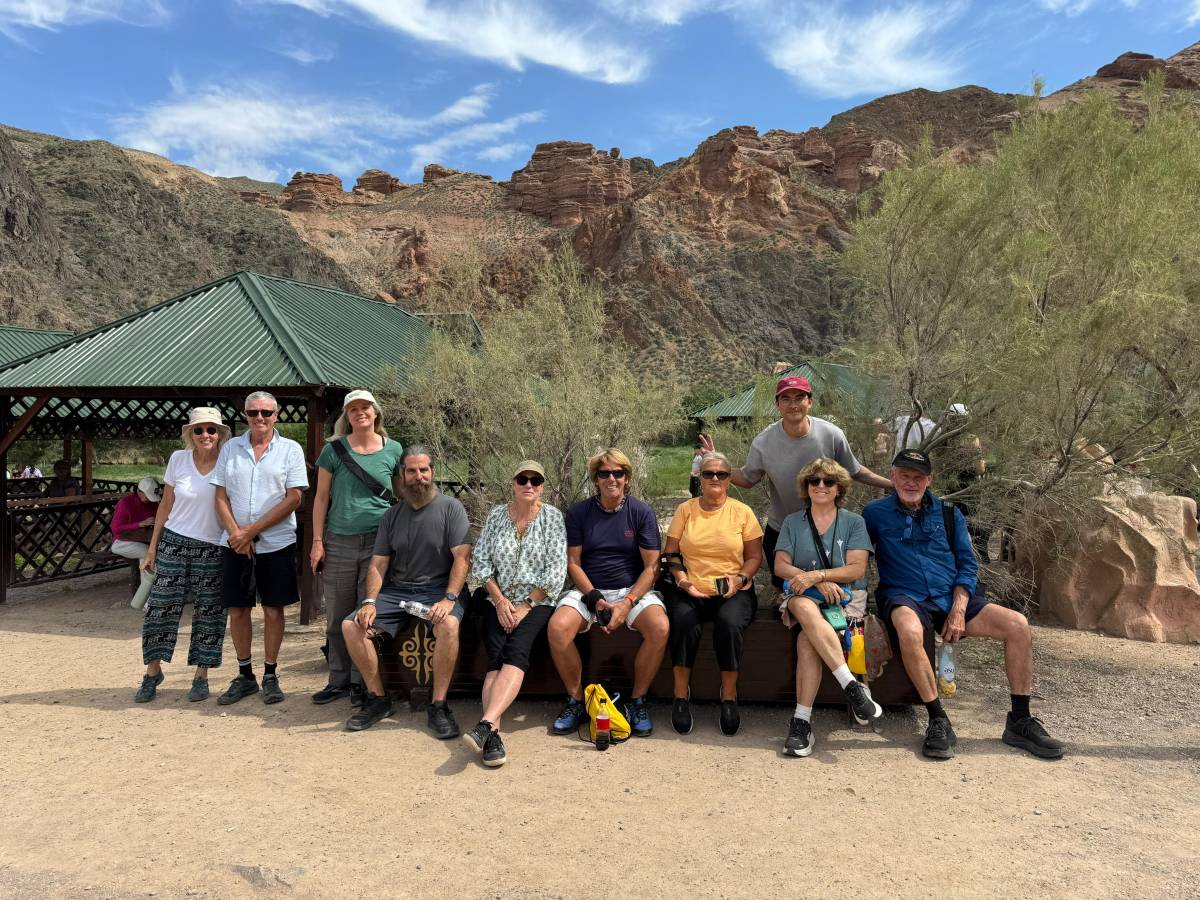
This Post Has 0 Comments